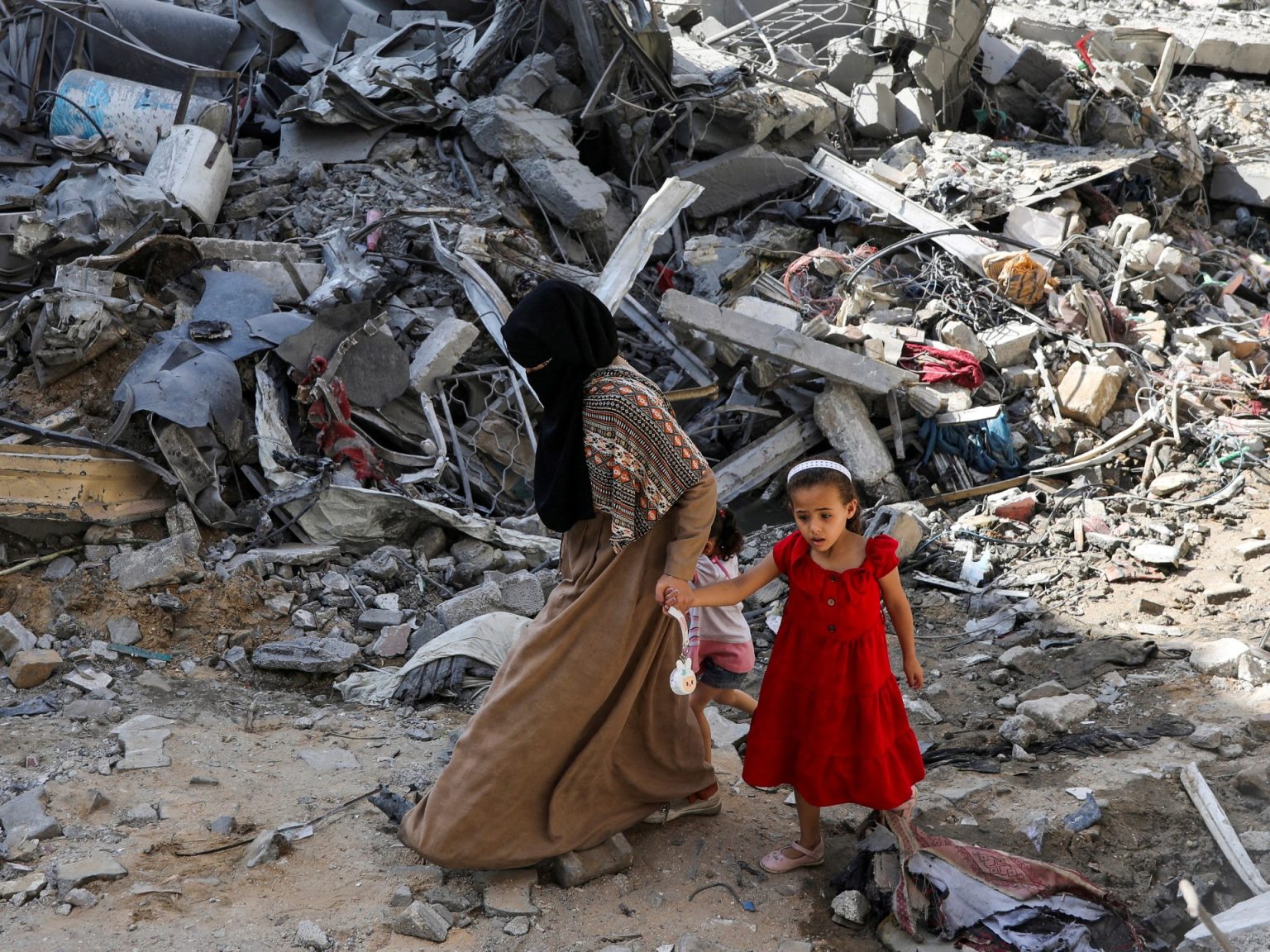In 2023, the number of armed conflicts worldwide reached 59, marking it as the highest number since the end of World War II. The Peace Research Institute of Oslo (PRIO) conducted a study that identified wars in Ukraine and Gaza as the leading conflicts. Africa had the highest number of conflicts with 28, followed by Asia with 17, and the Middle East with 10. The number of conflicts in Europe was only three, and the Americas had one conflict. While the number of conflicts increased from the previous year, the countries affected decreased from 39 to 34.
One of the reasons contributing to the rise in conflicts is the spread of ISIL (ISIS) across Asia and the Middle East, along with the involvement of more non-state actors in conflicts. This trend has made it increasingly challenging for aid groups and civil society organizations to navigate the conflict landscape and assist ordinary people. Siri Aas Rustad, a PRIO researcher, expressed concerns about the impact of this development on humanitarian efforts and the well-being of civilians. The growing complexity of conflict actors within countries poses a significant challenge to peacebuilding efforts and the protection of vulnerable populations.
Despite the increase in conflicts, the number of combat-related deaths decreased to 122,000 in 2023, as reported by Sweden’s Uppsala University. However, this figure still marked the third-highest death toll since 1989, and the past three years have seen the highest number of conflict-related deaths in the last three decades. The significant contributing factors to these fatalities include the civil war in Ethiopia’s Tigray region, the Russian invasion of Ukraine, and the conflict in Gaza. Rustad highlighted the alarming trend of escalating violence globally since the Cold War ended, emphasizing that the conflict landscape has become more complex with multiple actors operating in the same country.
The impact of armed conflicts extends beyond the number of deaths to the disruption of daily life, destruction of infrastructure, and displacement of populations, leading to humanitarian crises. The involvement of non-state actors and the proliferation of conflicts have made it harder for humanitarian organizations and civil society groups to address the needs of affected communities and promote peacebuilding initiatives. The complexities of conflicts in different regions require tailored responses that address the root causes and engage with a diverse range of actors to achieve sustainable peace and stability.
Efforts to address the rising number of conflicts globally must prioritize conflict prevention, mediation, and peacebuilding strategies that focus on addressing the underlying factors driving conflicts. This may involve engaging with a wide range of stakeholders, including governments, non-state actors, and local communities, to find inclusive and sustainable solutions. The international community plays a crucial role in supporting conflict-affected countries and strengthening institutions to prevent the escalation of violence and promote peace and security. By working together, stakeholders can mitigate the impact of conflicts, protect civilians from harm, and build a more peaceful world for all.


